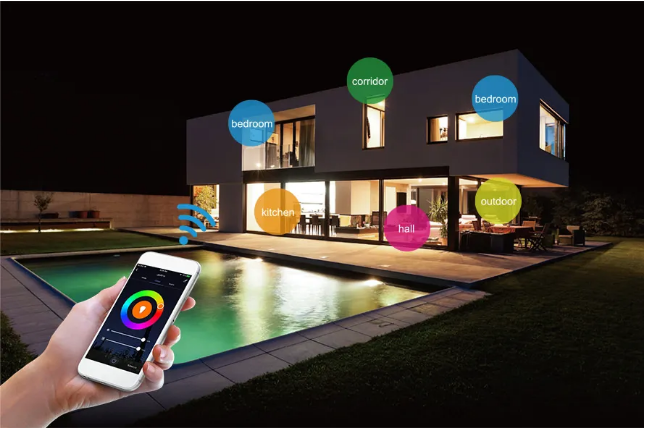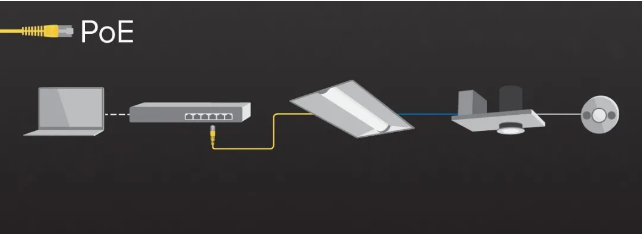
Development of IEC 60598-1
From 2014 to 2020, LED lamps have been popularized and developed at a high speed towards intelligence. The integrated design of light sources and lamps has become increasingly obvious, and lamps and lanterns have more diversified technical reference for IT products.
In order to comply with the development trend of the industry and standardize product safety and quality, IEC has successively issued during this period:
◆ 2014 edition (8th edition) of general standard IEC 60598-1 for lamps and lanterns
◆ The 2017 revision of the general standard for lamps and lanterns IEC 60598-1 (version 8.1)
◆ The 2020 edition (the 9th edition) of the general standard for lamps and lanterns IEC 60598-1
Among them, the 2014 edition (the 8th edition) was adopted by my country and transformed into the national standard GB 7000.1-2015 Lamps Part 1: General requirements and tests.

Most of the lighting manufacturers in China produce their products in accordance with the standard GB 7000.1-2015, ie IEC 60598-1:2014 (hereinafter referred to as the "14th edition standard"). And what is new in IEC 60598-1:2020 (hereinafter referred to as the "20th edition standard") for lighting products, especially the more stringent requirements, is what all manufacturers want to know.
Next, we will interpret the general lighting standard IEC 60598-1:2020 (9th edition) through four issues of articles and nine points. This issue will focus on the requirements of the "Point 1: Lighting using IT product technology". Discuss.
Point one Lamps using IT product technology
When lighting products have developed to the LED stage, the luminous efficiency, energy saving and lifespan are basically satisfactory. LED is essentially a semiconductor diode, which is destined to be closely linked between LED lighting technology and information technology. It also means that the intelligent and networked development of lighting products is the general trend. The most eye-catching feature of the 20th edition of the standard is that it puts forward a number of new requirements for lamps using IT product technology.
Version 20 standard:
1 Added definition

1.2.97 Power Supply Equipment (PSE), 1.2.98 Power over Ethernet (PoE), 1.2.99 Universal Serial Bus (USB) and 1.2.100 Information Technology Communication Line these four term concepts.
2 Add
Appendix Y PSE provides information about power supply to Class III lamps through information technology communication lines, and provides references for insulation performance, upper limit of voltage, current and power, and electrical parameters of information technology communication lines.
3 Clear requirements
Correspondingly, 3.2.2 also clearly requires lamps powered by an external PSE, and the marked rated voltage should be in the range of Table Y.2.
For lamps powered by information technology communication lines, the new requirements in terms of structure, wiring, durability test and thermal test mainly include:

◆ 4.31.1 ES1 PSE meeting the requirements of IEC 62368-3 can supply power to SELV/PELV circuits;
◆ 4.33 The rated voltage should not exceed the ES1 limit, and its design should correspond to the electrical parameters of the PSE in Appendix Y. Under abnormal conditions of 130% rated voltage (>5V) or 150% rated voltage (≤5V), the lamps should not cause harm;
◆ 5.2.1 and 5.2.15 should be connected to the power supply with connectors conforming to the IEC 60603 series or IEC 62680 series standards. IEC 60603 series are electronic equipment connector standards; IEC 62680 series are USB interface standards;
◆ 12.3.1 d) The endurance test should be carried out for 7 cycles, of which the test voltage of 1-6 cycles should be 110% of the rated voltage, and the test voltage of the 7th cycle should be 130% of the rated voltage (>5V) or 150% of the rated voltage. Voltage (≤5V);
◆ 12.4.1 d) The test voltage of the thermal test (normal state) should be 106% of the rated voltage;
◆ 12.5.1 b) The test voltage of the thermal test (abnormal state) should be 130% of the rated voltage (>5V) or 150% of the rated voltage (≤5V).
Add.:Room703、705/7F, Development Building, Tian An Hi-Teck Ecological Park, No.555 North Road Panyu Avenue, Panyu District, Guangzhou City, 511400, China
Tel.:020-39211670 Fax:020-39211640 E-mail:info@certitek.cn

